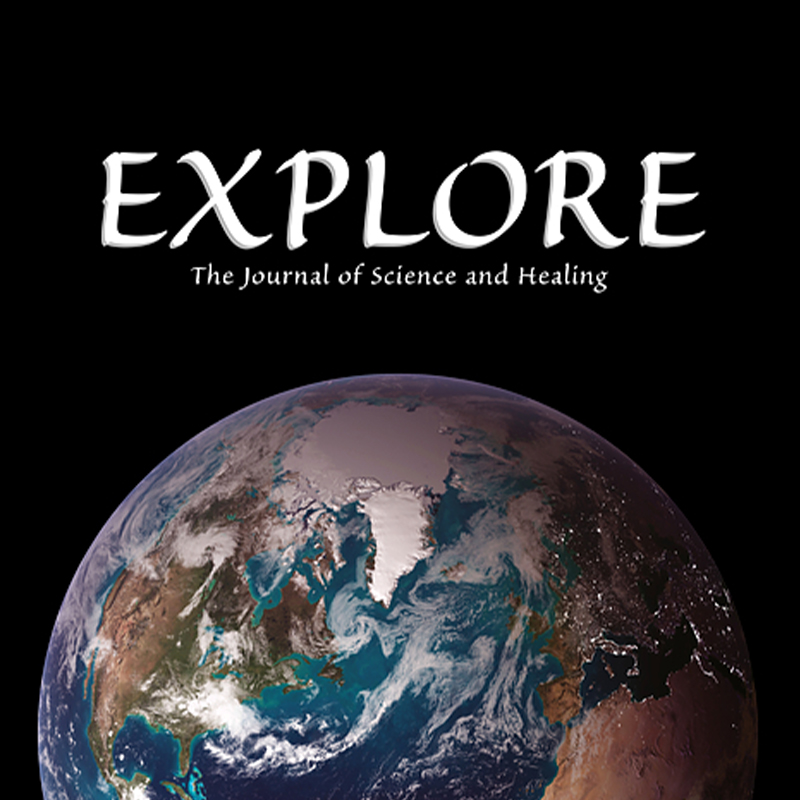Radin, Dean. (2017). Healing: We Know it When We See it. EXPLORE: The Journal of Science and Healing. 13. 10.1016/j.explore.2017.04.013.
Commentary
Concern about the meaning of healing is legitimate for all the reasons posed by Jeff Levin. A more precise definition would be helpful in guiding future research, and in unusual cases an inadequately defined syntax or semantics might lead to costly] legal entanglements. A recent example involving a missing comma serves to illustrate.
A statute in the state of Maine says that workers are not entitled to overtime pay if they are involved in “the canning, processing, preserving, freezing, drying, marketing, storing, packing for shipment or distribution of perishable foods.” The missing comma just before “or distribution” raised the question whether the statue meant “packing for shipment or distribution,” or “packing for shipment, or distribution.” This was important because the statute could be interpreted as meaning that truck drivers who both packed food and distributed it might not be eligible for overtime pay, but drivers who only distributed it might. The confusion led to a $10 million lawsuit on behalf of drivers who were not paid overtime. Whether a similar provocation awaits imprecise definitions of healing remains to be seen, but given that there are plenty of lawyers who obsess over the meaning of words, it is just a matter of time. As former US President Bill Clinton once said, “It depends on what the meaning of the word
‘is’ is.”
On the other hand, many words have multiple meanings. This is rarely a problem (outside of the law) because meaning is determined by context. In the present case, if I write “The United Nations strived to heal the conflict between the warring tribes,” it is clear that in context the word heal does not refer to bodily health, but to mending a relationship. Likewise, in the sentence, “most of the wounded students need to experience some success in mathematics to begin healing their math wounds,” the meaning of wound healing is clear. It has nothing to do with health, but to supposed mental injuries attributed to inferior teaching. Beyond context, it may be that healing is just one of those things that defies precise definition. Consider a legal case in the 1960s, one involving a charge of obscenity based on showing the film “Les Amantes” (“The Lovers”) in a Cleveland Heights, Ohio, movie theater. The judge in that case famously ruled that obscenity was difficult to define, “but I know it when I see it.” The same is probably true of healing.
We know it when we see it.
REFERENCES
1. King A. The $10 million lawsuit that hinges on an Oxford comma. National Public Radio. http://www.npr.org/2017/03/23/521274657/the-10-million-lawsuit-that-hinges-on-an-oxford-comma. 2017.
2. Gagnon GW Jr. Healing math learners. John Hopkins School of Education. http://education.jhu.edu/PD/newhorizons/Transforming%20Education/Articles/Healing%20Math%20Learners/. 2006.
3. Nawi D. I know it when I see it. New York Times. http://www.nytimes.com/2001/04/08/nyregion/soapbox-i-know-it-when-i-
see-it.html. 2001.
